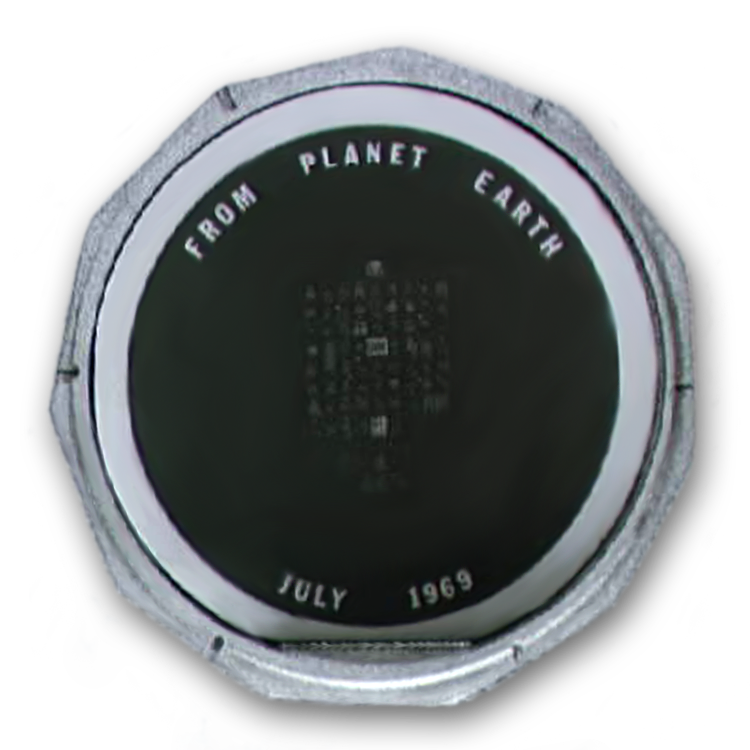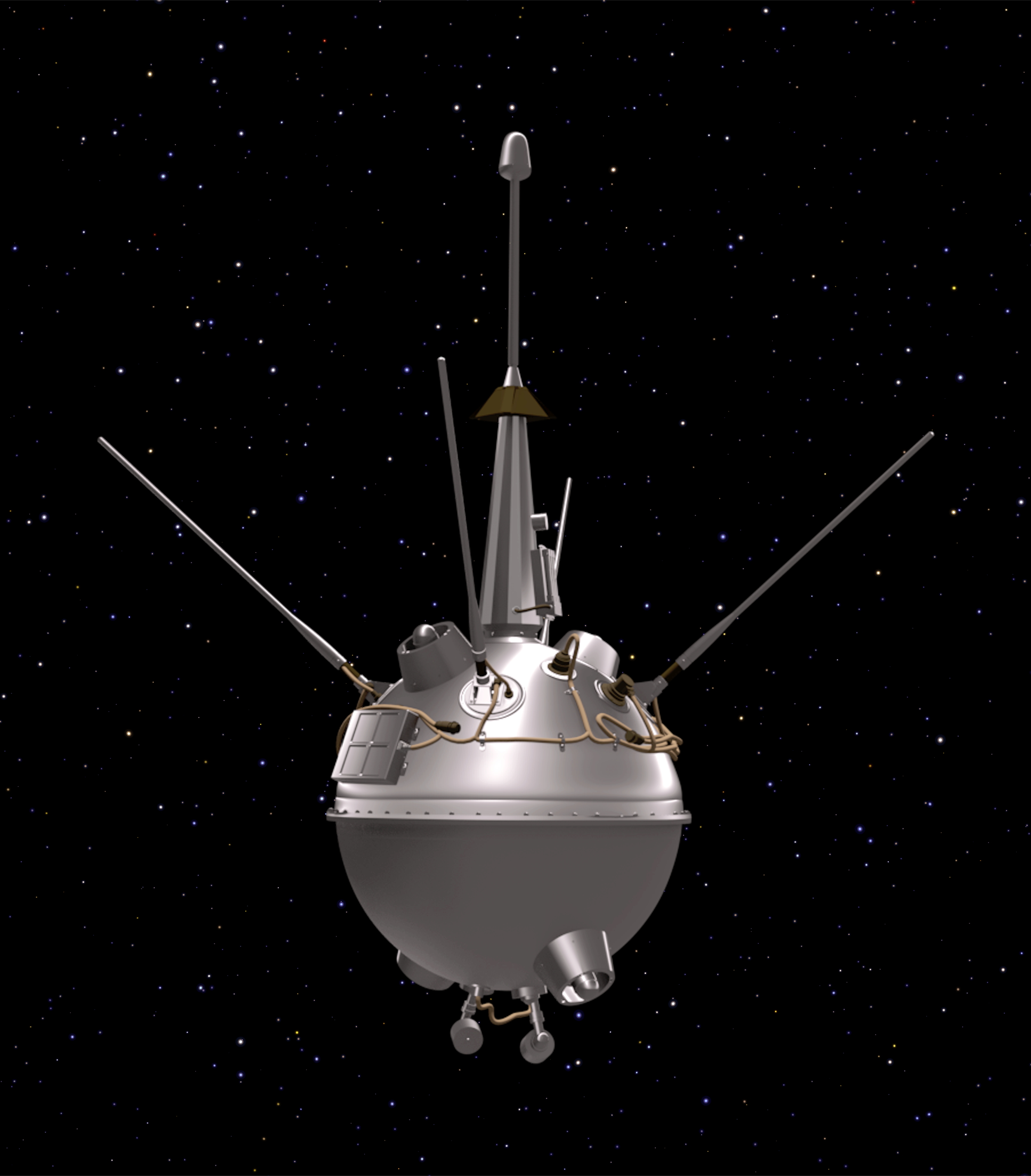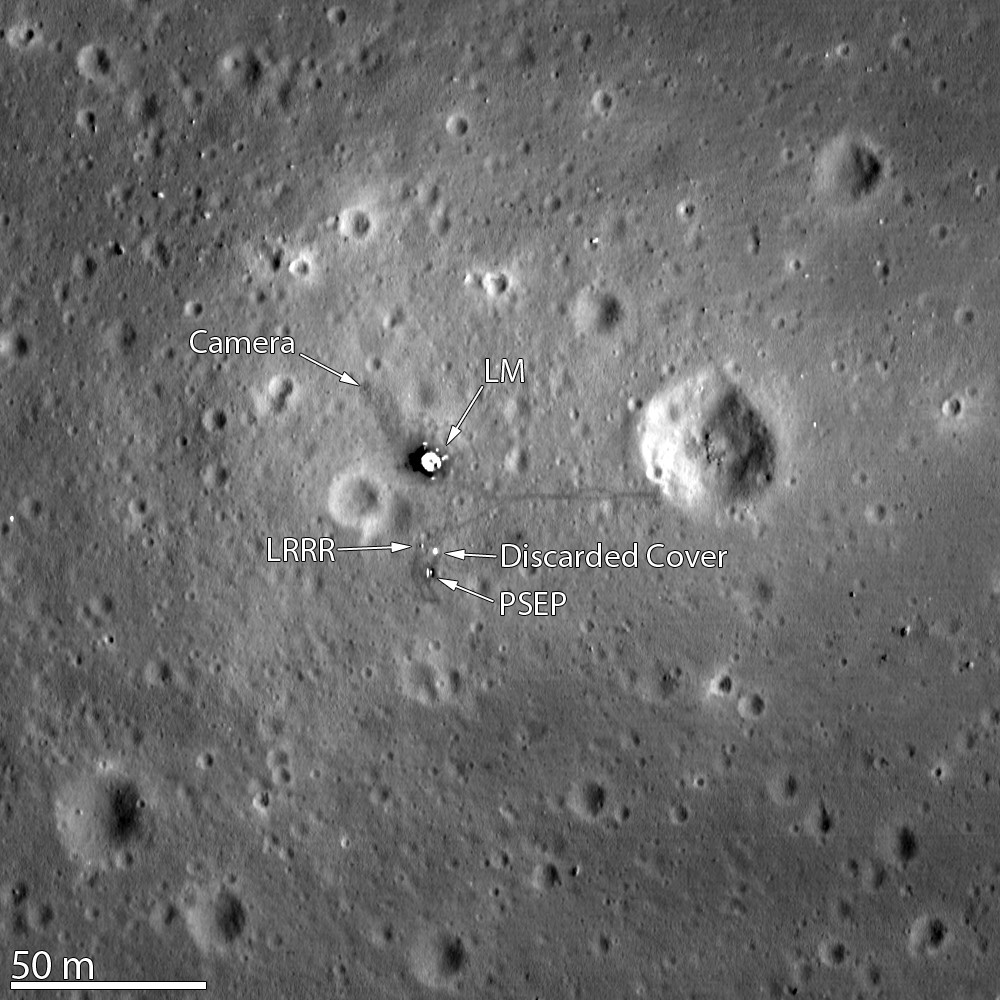Earth’s moon has been selected as a historical preservation site in an attempt to protect humanity’s lunar legacy.
The World Monuments Fund announced today 25 new sites on their 2025 World Monuments Watch. The locations represent 29 countries across five continents … and now the moon. The lunar surface is the home of many artifacts from both robotic and human exploration of the moon, such as the Apollo 11 lunar landing site within the Sea of Tranquility, home of the first off-Earth footprints by humans planted there in 1969.
Listed are cultural heritage sites that face major challenges, from the celebrated city of Antakya, Türkiye, the Swahili Coast of Africa, the Chapel of the Sorbonne, France in Paris’s Latin Quarter, the Buddhist grottoes of Maijishan and Yungang in China to the historic lighthouses of Maine in the United States.
The 2025 open call resulted in over 200 nominations that underwent extensive internal and external review before final selection by an independent panel of international heritage experts. The addition of the moon on the 2025 Watch is a step that advocates for international agreements and protections for lunar heritage sites.
Placing the moon on the list is intended to invite a broader public conversation on what a new Space Age might mean for the moon’s cultural and natural landscape, the Fund explains.
Shared history
“For the first time, the moon is included on the Watch to reflect the urgent need to recognize and preserve the artifacts that testify to humanity’s first steps beyond Earth — a defining moment in our shared history,” observed World Monuments Fund’s president and chief executive officer, Bénédicte de Montlaur.
Items such as the TV camera that broadcast to Earth the first human footsteps across the barren lunar landscape by Neil Armstrong and Buzz Aldrin; a memorial disk left by the Apollo 11 astronauts; and hundreds of other objects are emblematic of this legacy, de Montlaur said in a statement.
“Yet, they face mounting risks amidst accelerating lunar activities, undertaken without adequate preservation protocols,” de Montlaur said. “The inclusion of the moon underscores the universal need for proactive and cooperative strategies to protect heritage — whether on Earth or beyond — that reflect and safeguard our collective narrative.”

Lunar legacy
“We have an amazing and ever-expanding lunar legacy,” said Beth O’Leary, professor emeriti of anthropology at New Mexico State University in Las Cruces, New Mexico.
“That legacy belongs to all humanity, from the first robotic spacecraft, Luna 2 put there by the former Soviet Union in 1959, to the first moonwalk by two American astronauts at Tranquility Base in 1969, to recent forays by several nations to the south polar regions of the moon,” O’Leary told Space.com.
Indeed, the achievement by Apollo moonwalkers, said O’Leary, acknowledges the movement of our ancestors out of Africa more than 300,000 years ago and into the solar system.

Space archaeology
“On January 15, 2025 you should realize that it has been 20,269 days since two humans set foot on the lunar surface at Tranquility Base for the first time,” O’Leary points out. “In that passage of almost 55 and one half years humanity has experienced great changes in the exploration and use of space.”
O’Leary is a member of the International Council on Monuments and Sites (ICOMOS), a non-governmental group dedicated to the conservation of the world’s monuments and sites. The International Scientific Committee on Aerospace Heritage of ICOMOS wrote the nomination.
Working on issues of space archaeology and heritage for the last 25 years, O’Leary has tirelessly sought ways to preserve significant artifacts and sites on the moon.

International framework
“I am excited that the World Monuments Fund has chosen our nomination for the moon to place on its 2025 Watch,” said O’Leary. “I see this action as part of the process for placing preservation into an international framework.”
The Antarctic Treaty system of consensual approval for protecting sites was first created in the depths of the Cold War, O’Leary said, and demonstrates that nations can act together in remote places similar to the lunar surface.
“Cultural resources on the moon have been preserved by their remoteness, but are vulnerable to damage and destruction from increasing space activities, both national and commercial,” O’Leary added. The World monument Watch, she said, calls for global cooperation to preserve the moon’s cultural and scientific legacy.
Article by:Source –

















